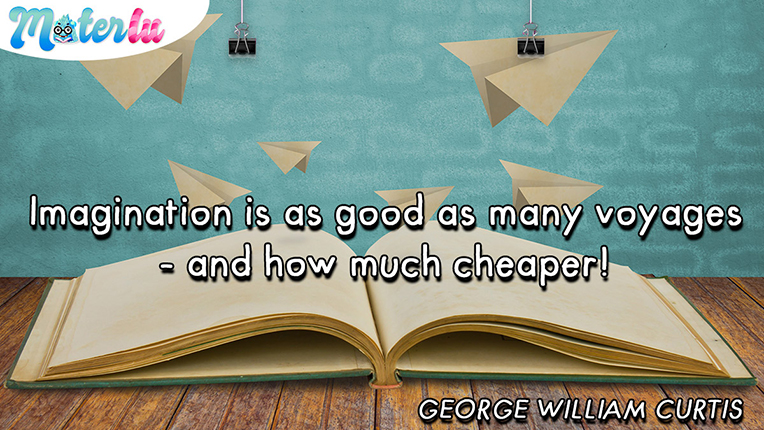Children have an incredible ability to learn new things, including subconsciously picking up languages, applying and understanding grammatical rules and correctly mimicking the pronunciation of the language they use. Reading forms a key part of language acquisition, especially for children, who can also use this hobby to improve and learn foreign languages. For this reason, making sure your child starts reading at a young age is a way to ensure success when learning foreign languages.
Books, especially children’s books, which normally contain many illustrations, allow children to easily understand the context of the story without having to look up vocabulary. This helps children to learn vocabulary quickly, particularly when we consider that the words used in stories are usually repeated several times throughout the story and in stories with dialogues, it is language frequently used in daily conversations. This vocabulary is essential and seeing it in context is a great benefit when learning a foreign language.
However, it is not necessary that the book is illustrated. Books are normally written in such a way that they reinforce foreign language learning, given that this is often one of the main objectives of childhood reading, even in the child’s native language. The use of the language in familiar and natural contexts and word repetition allows the reader to see the natural structures of the language, which is one of the most natural ways to acquire a language. Furthermore, when using books to learn English as a foreign language, native English children often learn through reading in language classes rather than through thoroughly studying grammatical rules, as this is something children can often pick up when reading. Therefore, learning through reading imitates the real learning of languages and allows the reader to see the spelling of words and memorise them without too much effort. This can be one of the most complicated aspects when learning a foreign language like French or English, for example, as they are not phonetic, so reading is therefore very beneficial.
If we combine reading with an audio-visual aid to work on other linguistic skills, reading can become a really useful tool for the different language skills. It is necessary to make sure that children hear the words in the story, whether that be through an audiobook or through parents reading to them if they know how to correctly pronounce the language. If we work with them, reading the story together out loud and correcting any pronunciation errors, they will also practice spoken language. This ensures children work on various linguistic elements through just one book: their speaking, understanding, and reading skills. If we combine books with other language learning activities such as playing games, or classes, and we encourage our children to write their own stories, they will quickly improve their level in the language in question. The creative Materlu books, for example, have an audiobook version and can be completely personalised, allowing for an immersive experience that will motivate little ones to understand everything, even if it is in a different language.
When we mention other audio-visual sources, this includes videos, films, and videogames. One idea could be to read a book with a cinematic adaptation. We can read the book first, and then watch a film in this language, first with subtitles and again without to completely reinforce language learning. The more exposed we are to the vocabulary learned in context, the more probable it is that we will retain it in our long-term memory. Although we would like reading to be as enjoyable as possible, there are ways to make it more educational using small strategies such as these and others we will mention throughout this article.
Another way to improve foreign language learning is to read books you have previously read in your native language in another, foreign language. This technique is useful when beginning to learn a language as the child is already familiar with the story, the characters, and the vocabulary, allowing for a natural and easy reading where it is not necessary to look up words. However, we would always recommend noting down new words when reading something in another language and revising this vocabulary later. Writing down new words helps our brains to retain the information and using applications such as Quizlet to learn vocabulary by creating flashcards allows for effective and fun learning.
We can make reading even more effective by reading e-books or a kindle, as these devices have a function allowing us to highlight new words and automatically search them in the dictionary, preventing the reader from getting distracted and offering a simple, quick way to consolidate new vocabulary.
Starting reading at a young age, whether that be in your native or second language, has a whole host of cognitive benefits and is a way to build a good habit. Children who read a lot are used to using their imagination and creativity, they enjoy reading which will later help them in their studies and, as mentioned throughout this article, they have an advantage when it comes to second and third languages.
In conclusion, it is undeniable that reading is both a fun, leisure activity as well as an activity with several advantages when it comes to studying foreign languages. Childhood reading combined with other tricks to make the exposure to the language more effective is a fun tool which increases a child’s competences in language acquisition.
